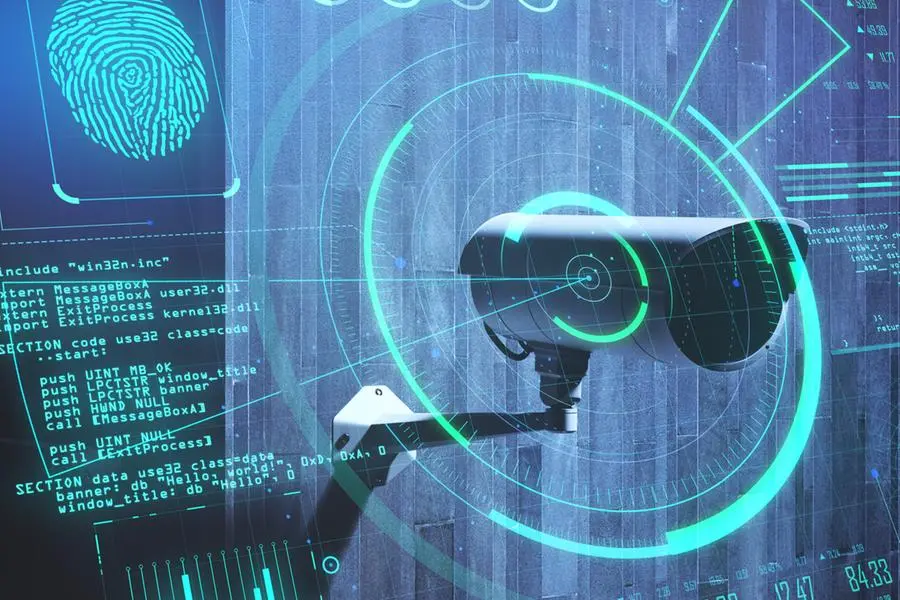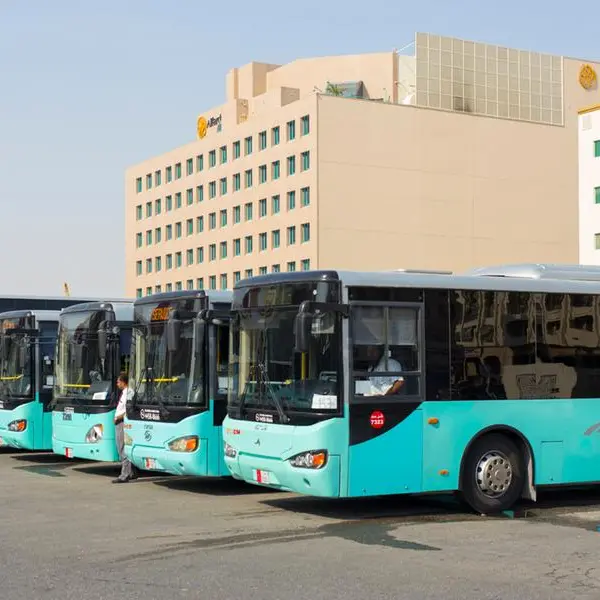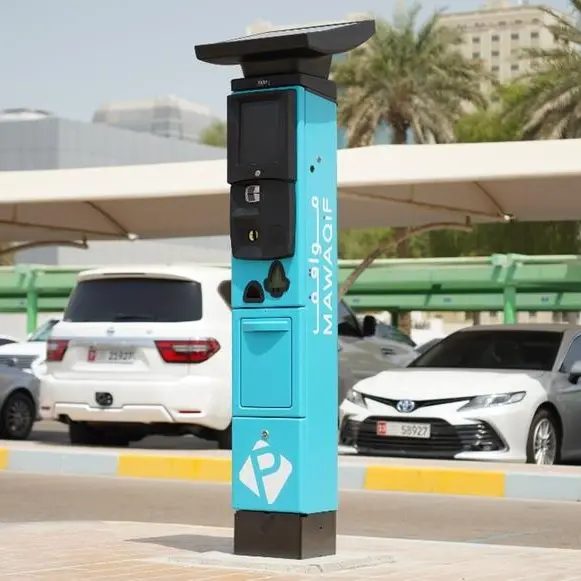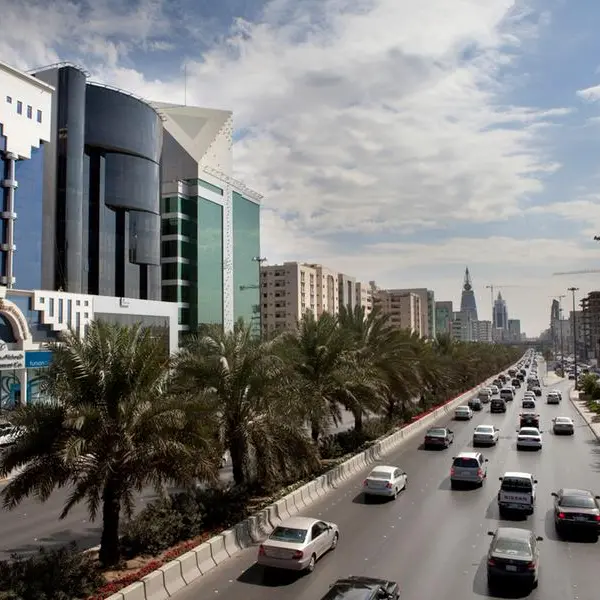PHOTO
Personal data security concept with digital screen with fingerprint, digital code and radar at CCTV camera background. Double exposure. Image used for illustrative purpose. Getty Images
KUWAIT CITY, Sept 25: Under the directives of the First Deputy Prime Minister, the Minister of Interior, and the Minister of Defense Sheikh Fahad Al-Yousef Al-Sabah, Head of the Traffic Control Cameras Department at the General Traffic Department in the Ministry of Interior Eng. Abdulrahman Al-Rashidi revealed that the department is utilizing Artificial Intelligence (AI) and modern technologies to automatically monitor traffic violations and stay current with the latest technological developments. In a press interview, he explained that this technological advancement aims to reduce traffic accidents and enhance road safety. Installation of an automatic monitoring camera system targeting violations such as not wearing seat belts and using mobile phones while driving has begun.
A total of 152 cameras will be installed on all roads. The installation of these cameras is being conducted under the direct supervision of Assistant Undersecretary for Traffic and Operations Affairs in the Ministry of Interior Major General Yousef Al-Khudah.
The new cameras are equipped with an AI program that captures high-resolution images at any time, day or night, and under any traffic and weather conditions. These cameras use AI technology to enhance image resolution and detect potential violations, such as drivers using mobile phones while driving, not wearing seat belts while driving, or underage children being seated in the front seat. This technology automatically reviews the captured images to verify the presence of possible violations. Eng. Al-Rashidi announced the upcoming installation of 100 new traffic cameras that will specifically monitor seat belt compliance and mobile phone use while driving. He affirmed the need for drivers to adhere to traffic laws to ensure their safety and that of other road users. Eng. Al-Rashidi revealed that there are currently 243 speed cameras and 250 traffic light cameras distributed on all roads of the country.
The details of the interview are as follows:
Question: Tell us about the automatic monitoring camera system for violations related to not wearing a seatbelt and using a mobile phone while driving.
Answer: The new cameras are equipped with artificial intelligence software that captures high-resolution images at any time of day or night, and under any traffic and weather conditions. They use AI technology to enhance image quality and detect potential violations, such as a driver using a mobile phone while driving, not wearing a seat belt while driving, or an underage child sitting in the front seat. This technology automatically reviews the images and verifies whether a violation has occurred.
Q: How are violations detected?
A: When the system identifies a driver who is likely using a mobile device or not wearing a seat belt while driving, it sends the image to the work center in the General Traffic Department via the Ministry of Interior’s wireless communications network. A qualified employee then reviews the image before recording it in the computer system.
Q: Are the cameras intended to monitor violations other than seat belts and use of phones while driving?
A: No, these new cameras specifically monitor seat belt violations, mobile phone use while driving, and underage children sitting in the front seat. There are other cameras in place to monitor speed and red light violations.
Q: What is the purpose of these cameras?
A: The purpose of these cameras is to ensure the safety of road users, as many traffic accidents are caused by the use of mobile phones while driving. Handsets can be used while driving only to answer important calls, without getting distracted by messages or other activities on the phone while driving.
Q: How long does it take for a violation to be recorded in the Sahel application?
A: After the cameras detect a violation, it is reviewed by specialized employees in the administration. The violator is typically notified on the Sahel application in less than 48 hours.
Q: Can these cameras detect malicious violations?
A: No, the detection of violations is done automatically without human intervention. Any detected violations are then reviewed by specialized employees at the General Traffic Department.
Q: What should a road user do if they wish to verify any violations detected by the cameras against them?
A: Any road user can visit the Traffic Control Cameras Department to verify the violation through the images in the system, provided that the concerned person is present.
Q: As for the speed cameras on the roads, is it true that speed cameras do not capture speeders in all lanes?
A: That is not true. The speed cameras installed on all roads capture speeding violations across all lanes. If a violator thinks they can avoid detection by moving to the far right lane, that is a misconception. These cameras operate with high accuracy and efficiency.
Q: Is there an awareness campaign about the installation of these cameras to monitor seat belt violations and phone use while driving?
A: Yes, the Traffic and Operations Sector, in collaboration with the Directorate General of Security Relations and Media at the Ministry of Interior, launched an intensive awareness campaign Sunday, across all media outlets and the ministry’s social media accounts. The goal is to raise traffic awareness among all segments of society regarding the importance of wearing seat belts and not using mobile phones while driving.
Q: What message do you have for motorists?
A: I urge all road users to adhere to traffic rules to ensure their safety and that of others. It is important to contribute to the great efforts exerted by the Ministry of Interior. Traffic safety is a shared responsibility between the ministry and members of society.
Arab Times | © Copyright 2024, All Rights Reserved Provided by SyndiGate Media Inc. (Syndigate.info).





















